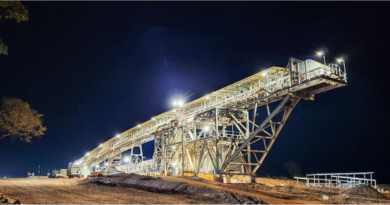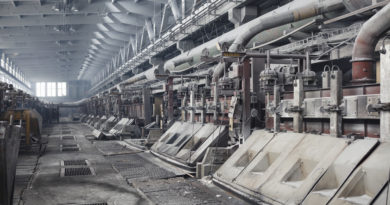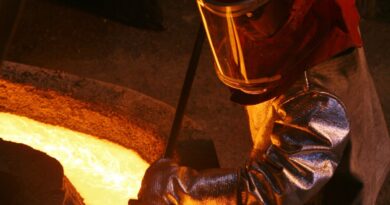Bauxite residue activation for sustainable cement production
On the 1st of November 2020 LafargeHolcim, in cooperation with 20 partners across 12 European countries, launched the ambitious 4 year ReActiv project (reactivproject.eu). The ReActiv project will create a novel sustainable symbiotic value chain, linking the by-product of the alumina production industry and the cement production industry.
Bauxite residue (BR) is the main by-product of the alumina sector produced at rates of 6.8 million tons per year in EU, meanwhile the recycling rate is current less than 200 thousand tons per year. In ReActiv modification will be made to both the alumina production and the cement production side of the chain, in order to link them through the new ReActiv technologies.
The latter will modify the properties of the industrial residue, transforming it into a reactive material (with pozzolanic or hydraulic activity) suitable for new, low CO2 footprint, cement products. In this manner ReActiv proposes a win-win scenario for both industrial sectors (reducing wastes and CO2 emissions respectively).
The ReActiv is a cross sectorial innovation consortium, coordinated by LafargeHolcim, which includes 7 Alumina refineries (MYTILINEOS, Aluminium Oxid Stade, ALUM, ALCOA, HYDRO, Rio Tinto), 2 aluminium associations (International Aluminium Institute, European Aluminium), 6 European Universities and Research Institutes (Imperial College London, NTU Athens, KU Leuven, University of Tartu, VITO ,TU Clausthal) and 5 Engineering, Innovation and Climate Change consulting companies (HOP3, KonChem, ADMIRIS, CiaoTech, Enalos).
The project fits perfectly with the recently launched European Green Deal, as well as the New Industrial Strategy for Europe and the New Circular Action Plan for a cleaner and more competitive Europe.
BOILERPLATE
Bauxite residue, the main by-product of the alumina sector, is produced at rates of 6.8 million tons per year in the EU and only 3% of that is recycled. To reverse this trend, the EU-funded ReActiv project has brought together the biggest alumina producers and the global leader in cement production, along with top research centers and experts. The aim is to develop a novel sustainable symbiotic value chain, linking this by-product to the cement production industry.




